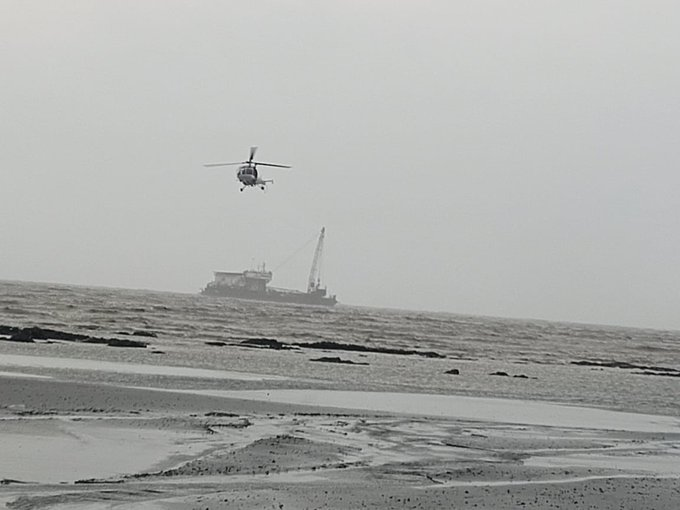The Indian coasts are highly vulnerable to tropical cyclones that cause huge damage to life and property. However, over the years, the disaster management teams have stepped up and have been working hard to mitigate this damage.
As Cyclone Tauktae hit the Indian Coast, a few days back, the National Disaster Management team acted swiftly to save as many lives and lessen the extent of damage caused.
100 teams of the National Disaster Response Force (NDRF) were formed to tackle the situation. It set up control rooms at district and taluka level, that were functional round-the-clock.
India has been witnessing cyclones one after the other, from Phailin in Odisha (2013), Hudhud in Andhra Pradesh (2014), Vardah in Tamil Nadu (2016) to Fani in Odisha (2019), in recent years.
However, on all these occasions, the Indian Meteorological Department was able to track the movement of these cyclones with precision and issued early warnings. This immensely helped the disaster management team in minimizing the loss that could have otherwise been made by these cyclones.
National Disaster Management Authority by the Government of India
The National Disaster Management Authority (NDMA) is the apex body for disaster management in India. It is mandatory under the Disaster Management Act, 2005 to set up NDMA. On December 23, 2005, NDMA was enacted by the Government of India under the Disaster Management Act to prevent, mitigate and prepare for natural disasters.
Functions and responsibilities of NDMA
The NDMA lays down policies, plans, and guidelines to ensure a timely and effective response to disasters. It also approves the National plans, State plans, and those prepared by the Ministries or Departments of the Government of India to handle the disaster in a better manner. Moreover, it also recommends the provision of funds required for the purpose of mitigation.
How are cyclones handled?
Cyclones can cause huge damage. However, in order to do damage control by cyclones, the disaster management team adopts two measures – structural and nonstructural. Under the structural measures, cyclone shelter homes and buildings are constructed which people can use to stay safe during the cyclone. Moreover, it also constructs cyclone-resistant buildings, road links, bridges, canals, drains, saline embankments, communication, and power transmission networks, etc.
On the other hand, under non-structural measures, the disaster management team keeps a close eye on the path of the cyclone, issues an early warning, manages the coastal zones, and creates awareness about the cyclone. It also issues the dos and don’ts necessary to survive the cyclone.
After the cyclone passes and “all clear” is issued, the team takes care of the following main necessities – whether roads are accessible for reaching home, whether the power lines are safe, transport arrangements are made, pure drinking water is accessible, sewage lines are working, has any epidemic spread in the area and the safety of neighbors is assured.
During the 2019 Cyclone Fani, one of the most powerful cyclones that hit India, 64 people lost their lives in Odisha. The United Nations Office for Disaster Risk Deduction (UNISRD) hailed the efforts of the government and volunteers who reduced the damage which otherwise the cyclone could have caused.
Before the NDMA was set up, the 1999 Odisha cyclone (which had 155mph winds) had killed 9,658 people and caused US$2.5 billion damages in the state. However, the national disaster team risking their lives to save others has been helping in minimizing the aftereffects of natural disasters like the cyclone.






















 WhatsApp us
WhatsApp us
Pingback: magic mushrooms in denver colorado